[Kasai City] Hokkezan Ichijoji, the 26th temple of the 33 Saigoku Pilgrimage
![[Kasai City] Hokkezan Ichijoji, the 26th temple of the 33 Saigoku Pilgrimage](https://resources.matcha-jp.com/resize/720x2000/2023/12/15-157020.webp)
It is the 26th temple among the 33 temples in the Saigoku region and possesses many cultural properties, including national treasures such as the three-storied pagoda and the statues of Prince Shotoku and Tendai High Priest. A power spot where you can refresh your body and mind by taking a stroll. We will introduce the highlights of ``Hokesan Ichijoji''.
-
Table of Contents
- A temple built at the imperial urging of Emperor Kokutoku and containing numerous cultural assets, including national treasures
- Recharge your energy with forest bathing! Take a stroll around the temple grounds
- Get a discounted bus ticket to Hokkesan Ichijoji Temple
- Access methods
- basic information
A temple built at the imperial urging of Emperor Kokutoku and containing numerous cultural assets, including national treasures
![[Kasai City] Hokkezan Ichijoji, the 26th temple of the 33 Saigoku Pilgrimage](https://resources.matcha-jp.com/resize/720x2000/2023/12/15-157025.webp)
"Hokkesan Ichijoji" is a Tendai sect temple, built by the hermit Hodo.
Emperor Kokutoku ascended to the throne in 645 (the first year of the Taika era) after destroying the Soga clan, and is probably remembered by many for carrying out the Taika Reforms together with Prince Nakano Oe and others.
![[Kasai City] Hokkezan Ichijoji, the 26th temple of the 33 Saigoku Pilgrimage](https://resources.matcha-jp.com/resize/720x2000/2023/12/15-157027.webp)
The temple is home to a number of important cultural properties, including the National Treasure Mie pagoda, which was built in 1171 (the first year of the Joan era), as well as ten portraits of Taishi and other Tendai monks, also national treasures, as well as Myoken-do Hall, Bentendo Hall, and Gohodo Hall.
![[Kasai City] Hokkezan Ichijoji, the 26th temple of the 33 Saigoku Pilgrimage](https://resources.matcha-jp.com/resize/720x2000/2023/12/15-157029.webp)
As the Goeika, a song chanted by ordinary believers when touring the temple, says, "Flowers in spring, mandarin oranges in summer, chrysanthemums in Tachibana , a mountain of wonderful dharma," one of the attractions of Hokkezan Ichijoji is that you can enjoy the changing nature of the seasons.
In particular, in autumn, the autumn leaves scattered around the temple grounds take on beautiful colors, making it a popular spot for viewing autumn leaves.
![[Kasai City] Hokkezan Ichijoji, the 26th temple of the 33 Saigoku Pilgrimage](https://resources.matcha-jp.com/resize/720x2000/2023/12/15-157033.webp)
After paying the temple entrance fee at the reception, you will climb the stone steps towards the Kondo (main hall).
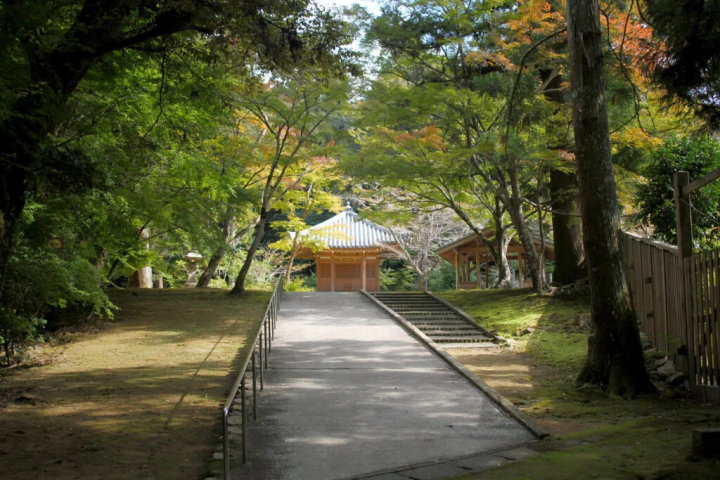
![[Kasai City] Hokkezan Ichijoji, the 26th temple of the 33 Saigoku Pilgrimage](https://resources.matcha-jp.com/resize/720x2000/2023/12/15-157037.webp)
After climbing the stone steps, you will see the national treasure, the Mie pagoda, on your left.
The tower looks very stately when viewed from below. The sight of it still standing there after so many years gives it a sense of dignity and strength.
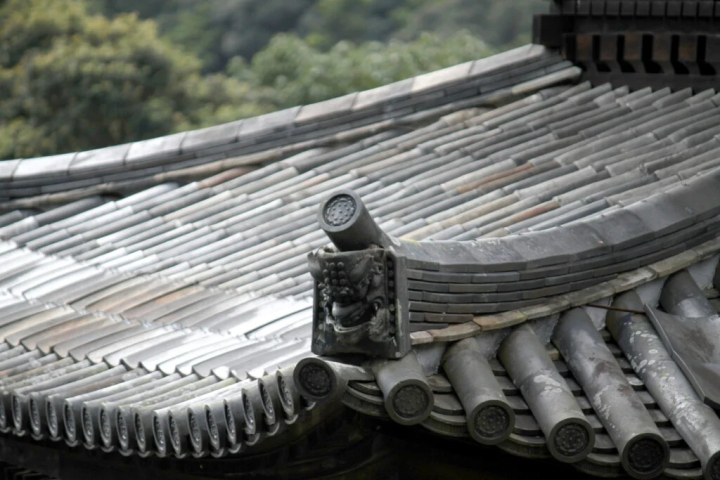
![[Kasai City] Hokkezan Ichijoji, the 26th temple of the 33 Saigoku Pilgrimage](https://resources.matcha-jp.com/resize/720x2000/2023/12/15-157041.webp)
At the top of the stone steps, you will find the main hall.
This Kondo was rebuilt by Honda Tadamasa, the feudal lord of Himeji, in 1628. It uses an architectural style called kaketsukuri, which gives it a protruding appearance, and is very impressive when viewed from the stone steps.
![[Kasai City] Hokkezan Ichijoji, the 26th temple of the 33 Saigoku Pilgrimage](https://resources.matcha-jp.com/resize/720x2000/2023/12/15-157043.webp)
![[Kasai City] Hokkezan Ichijoji, the 26th temple of the 33 Saigoku Pilgrimage](https://resources.matcha-jp.com/resize/720x2000/2023/12/15-157045.webp)
The main hall houses the statue of the Bodhisattva Kannon, the principal image of the temple (photography is prohibited inside the hall). This statue is said to date from the late 7th century to the early 8th century, and is designated as an Important Cultural Property of Japan.
Unfortunately, it is a secret Buddha statue and can only be viewed on special occasions such as during public viewings, but be sure to pay your respects when you visit the Kondo Hall.
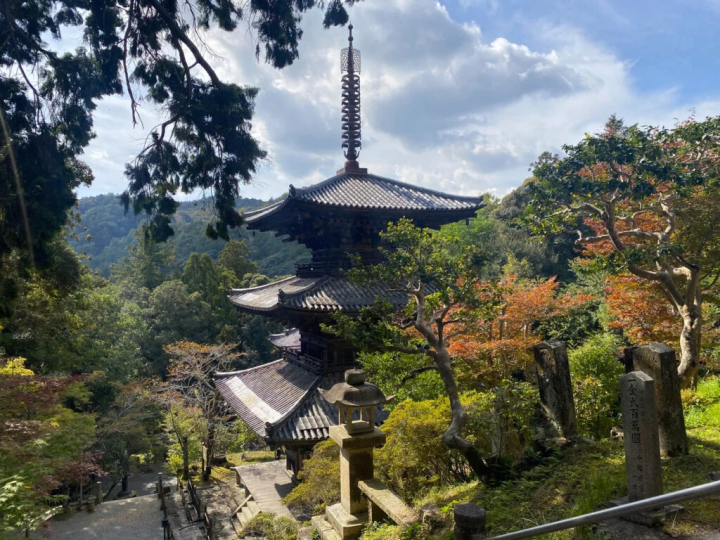
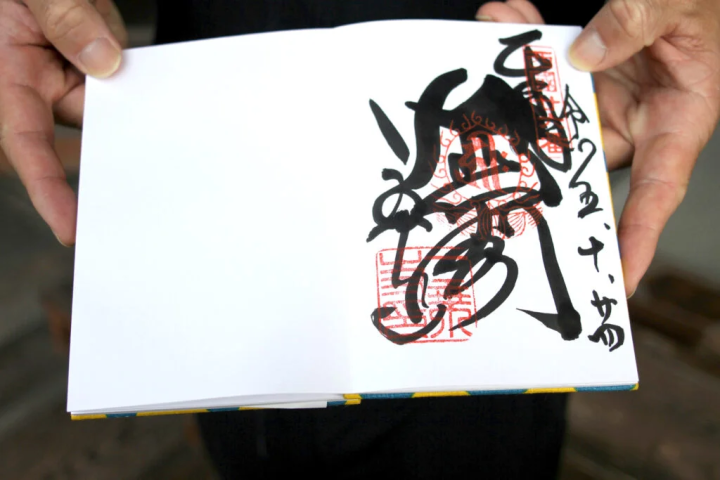
In addition, Hokkezan Ichijoji is the 26th temple of the 33 temples of the Western Provinces, so it is visited by many people on the pilgrimage to the 33 temples of the Western Provinces. You can receive a temple seal and scattered flowers inside the main hall.
Recharge your energy with forest bathing! Take a stroll around the temple grounds
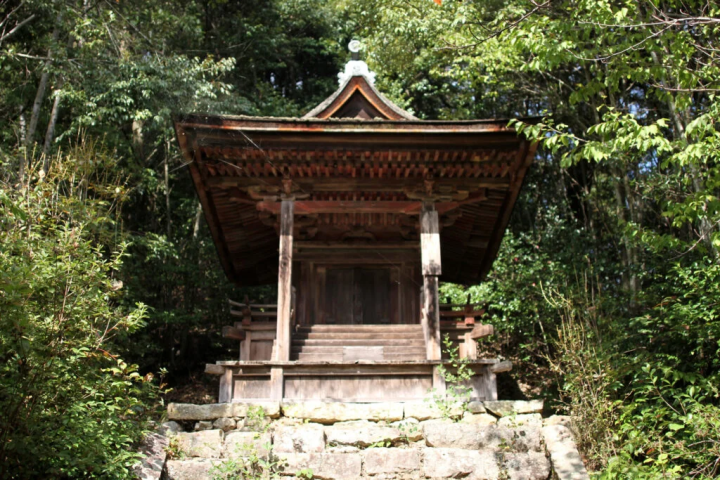
After visiting the Kondo, take a stroll around the temple grounds. Next to the Kondo is the bell tower, and behind it is the Gohodo.
![[Kasai City] Hokkezan Ichijoji, the 26th temple of the 33 Saigoku Pilgrimage](https://resources.matcha-jp.com/resize/720x2000/2023/12/15-157053.webp)
Next, we decided to walk through the Mori, heading for the Kaisan-do Hall in the inner sanctuary.
![[Kasai City] Hokkezan Ichijoji, the 26th temple of the 33 Saigoku Pilgrimage](https://resources.matcha-jp.com/resize/720x2000/2023/12/15-157054.webp)
It felt so good to walk among the towering trees, and somehow my tired body felt refreshed. Although my purpose was to worship, I also felt refreshed and recharged from the forest bathing effect.
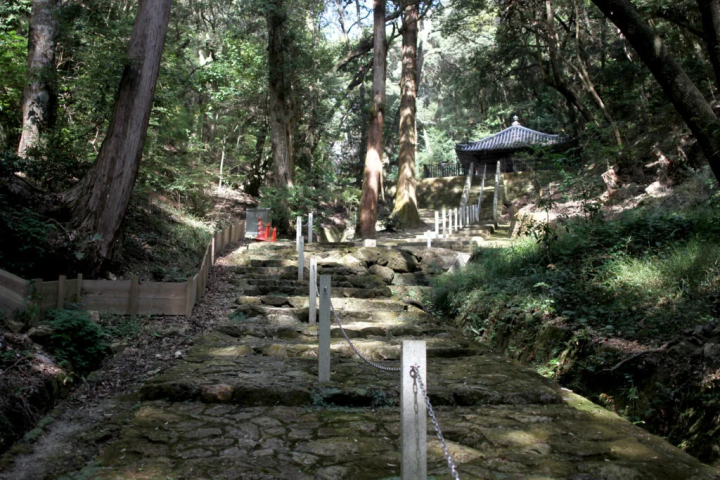
![[Kasai City] Hokkezan Ichijoji, the 26th temple of the 33 Saigoku Pilgrimage](https://resources.matcha-jp.com/resize/720x2000/2023/12/15-157057.webp)
If you walk Oku from the Kaisan-do Hall, you will come to Sai no Kawara. Sai no Kawara is a riverbank that appears in Buddhist tales and is said to be the place where dead children go. The story goes that children would pile stones on the riverbank to build towers, but they would be defeated by an ogre and would have to pile the stones again every time.
This is said to be a way to atone for the sin of dying before one's parents.
![[Kasai City] Hokkezan Ichijoji, the 26th temple of the 33 Saigoku Pilgrimage](https://resources.matcha-jp.com/resize/720x2000/2023/12/15-157058.webp)
There are many piled up stones all around the Kaisan-do Hall and Sai-no-Kawara.
Apparently, these piles were left by people who came to pray on behalf of their deceased children.
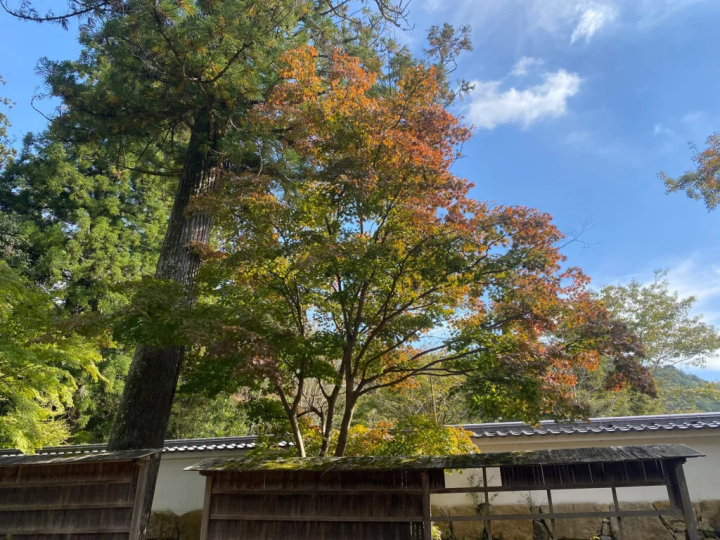
"Hokkezan Ichijoji" is also famous as a spot for viewing autumn leaves. The autumn foliage season lasts for about two weeks from early November every year, but depending on the year, you can enjoy the leaves until late November.
The maple trees in the temple grounds were not planted as seedlings purchased from a store, but rather grew naturally from wild maple seeds that spread across the land.
In particular, the Kondo is a great photo spot where you can see the Mie pagoda and the autumn leaves together! We recommend visiting during the autumn foliage season.
Get a discounted bus ticket to Hokkesan Ichijoji Temple
If you are considering traveling around Himeji and Hyogo Prefecture, we recommend this ticket! This mobile ticket allows unlimited rides on Shinki Bus local buses and Kobe's City Loop/Port Loop for 1,000 yen per day.
*Limited to foreign visitors tourists visiting Japan
Access methods
From JR Himeji Station or Himeji Station, take the Shinki Bus bound for "Ichijoji-sha [Garage Front]" at the "Himeji Station North Exit" bus stop, ride for about 40 minutes, get off at the "Hokkezan Ichijoji" bus stop, and walk for about 10 minutes.
If you are coming by car, it is about a 10-minute drive from Kakogawa Kita IC on the Sanyo Expressway. There is a paid private parking lot, so it is recommended that you use that (about a 10-minute walk from the parking lot).
![[Kasai City] Hokkezan Ichijoji, the 26th temple of the 33 Saigoku Pilgrimage](https://resources.matcha-jp.com/resize/720x2000/2023/12/15-157061.webp)
There are no pamphlets in foreign languages, but there are information boards that explain the temple in English, so foreign visitors who are not good at Japanese can refer to them. Hokkezan Ichijoji Temple has a long history, having been founded over 1,350 years ago. The national treasure Mie pagoda, built at the end of the Heian period, has an imposing presence, and the view from the main hall is spectacular. It is surrounded by trees, and it is pleasant to stroll around the temple grounds, so please take your time to look around.
(Writer: Nakata/West Plan)
*This article is current as of October 2023. Prices include tax. Product contents and prices may change. Please check the official website for the latest information.
basic information
Mount Hokke Ichijoji Temple
Address: 821-17 Sakamotocho , Kasai City, Hyogo Prefecture
Phone number: 0790-48-4000 (Kondo/Sutra office) 0790-48-2006 (Honbo)
Visiting hours: 8:00-17:00
Closed: None
Admission fee: 500 yen
Access: 50 minutes by bus from Himeji Station. 10 minutes by car from Kakogawa Kita IC on the Sanyo Expressway.
Parking: Available (150 cars / 300 yen for passenger cars, 130 yen for motorcycles)
What are good things and good experiences? There are many characteristics such as having a story to tell, overflowing with the thoughts of the creator, having a history, and being loved by the locals. Have you ever come across a special thing or experience that made you want to tell someone about it? And as a result of telling, someone new leads to something. We think that's what "good" is all about. In order to deliver such encounters to our customers, we discover Hyogo's good things based on the concept of "talk, communicate, and connect", and provide information that will shorten the emotional distance between customers and the region of Hyogo Prefecture.
The contents on this page may partially contain automatic translation.


![[Hyogo Prefecture] Unlimited rides on local buses for just 2,500 yen! Travel around Hyogo Prefecture at a great price](https://resources.matcha-jp.com/resize/200x2000/2023/09/25-146913.webp)





















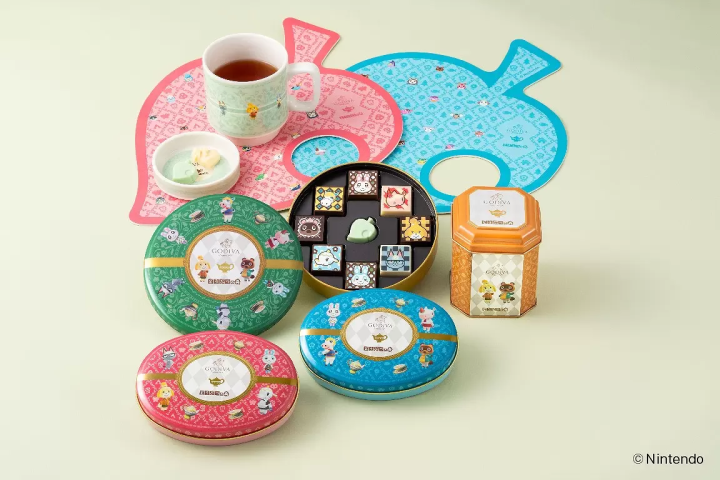
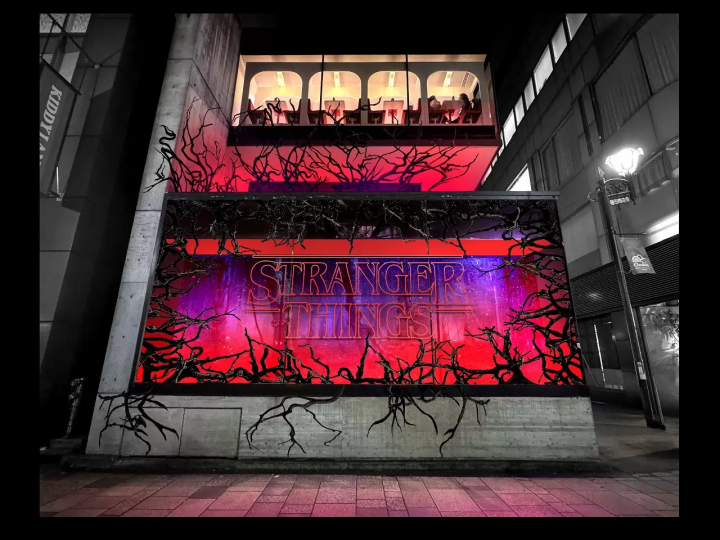
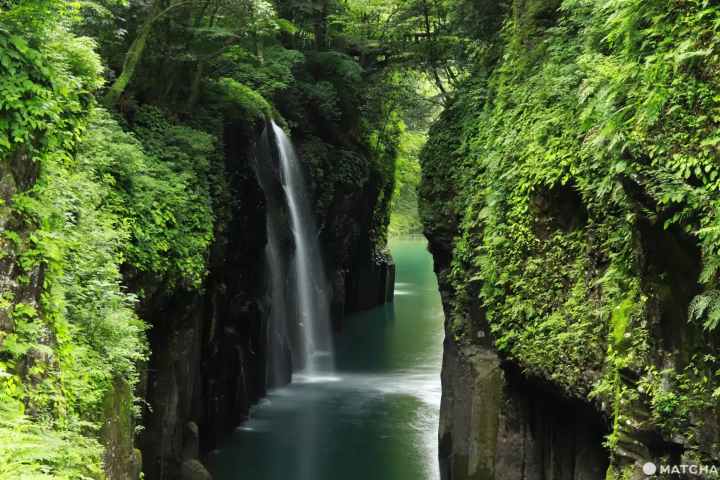




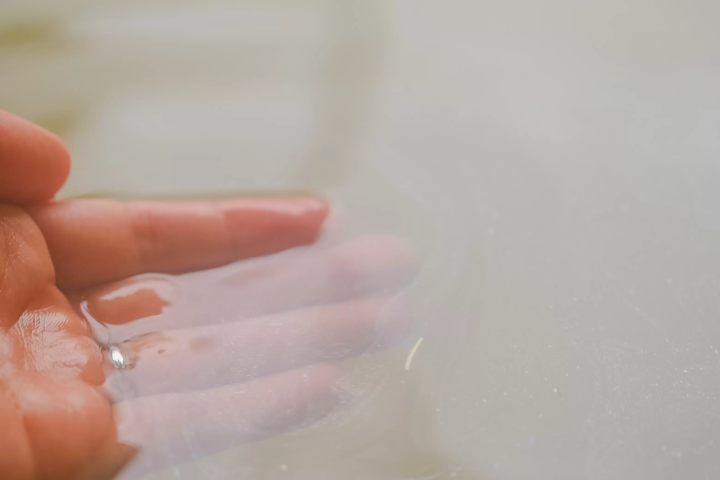


![[Wakayama Guide] Ume and Umeshu (Plum and Plum Wine)](https://resources.matcha-jp.com/resize/720x2000/2025/12/08-252248.webp)
![[2025 Update] From Kansai Airport to Namba - Recommended for travelers with large luggage! Travel comfortably by bus](https://resources.matcha-jp.com/resize/720x2000/2025/10/25-248088.webp)